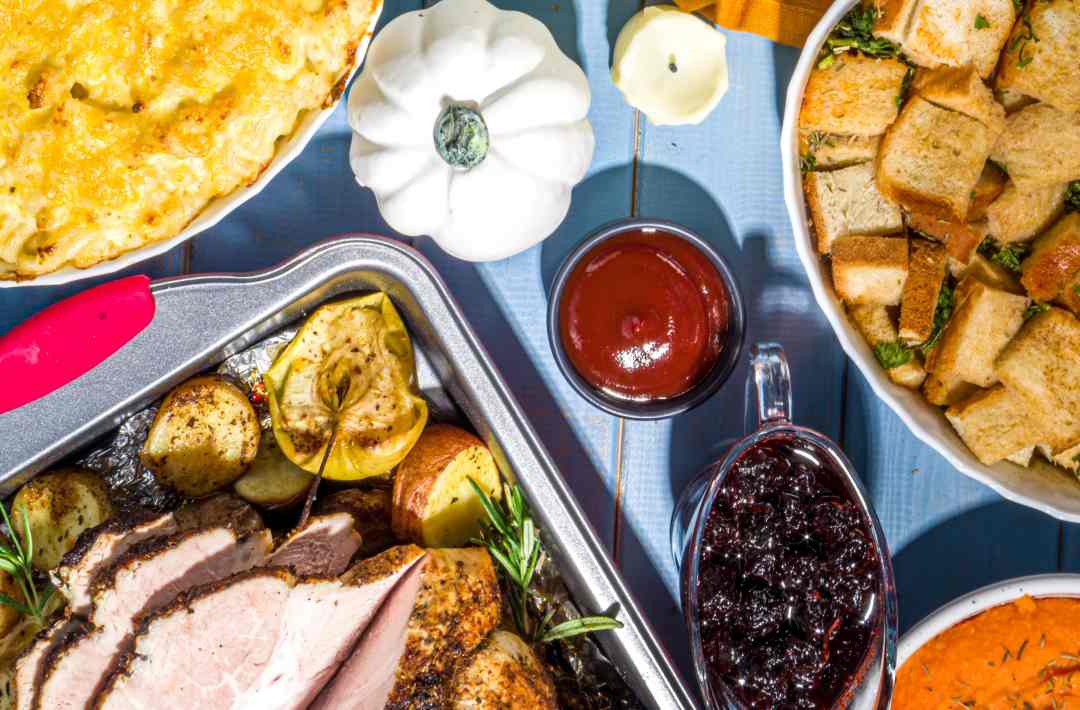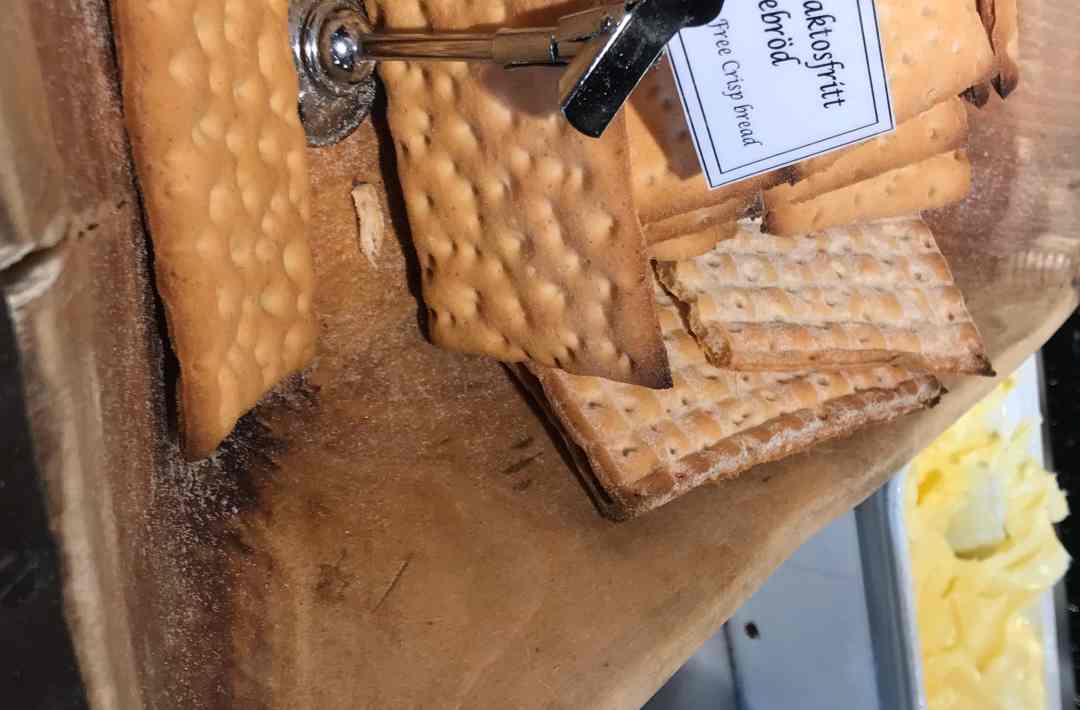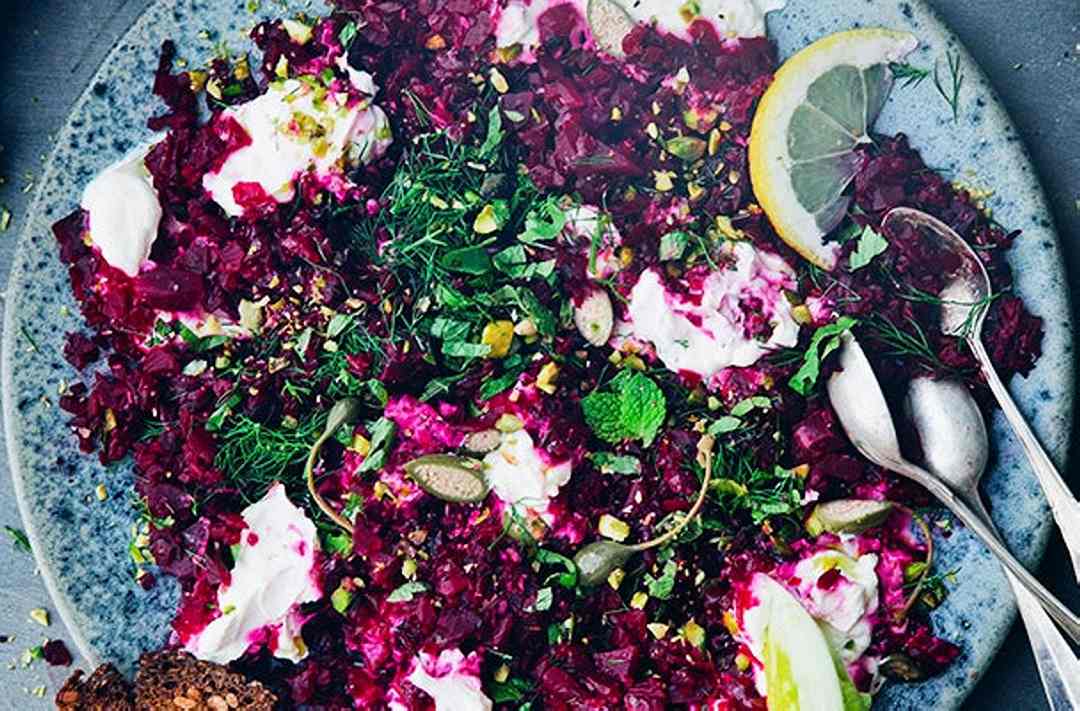

We’re sure you’re already aware of this, but a reminder never hurts: There are lots of bugs making their rounds right now: RSV, the flu, and COVID are all major concerns as we head into Thanksgiving—so the last thing you need is another illness to worry about.
Given that Turkey Day is centered around eating, food safety should be top of mind as you prepare and devour your delicious meal with the people you love. After all, spreading harmful bacteria is always a risk when raw poultry or meat is involved. But, beyond the bird, there are common cooking (and eating) habits that can lead to intense illnesses like the stomach flu or food poisoning. To ensure everyone at your table stays as healthy as possible, avoid these food safety mistakes before, during, and after your feast.
Don’t wash your turkey if you don’t need to.
An estimated 68% of people wash their raw turkey before cooking it, according to resources from the US Department of Agriculture (USDA). “Many people think that this is a good or even required step, but it actually makes things worse,” Darin Detwiler, PhD, an associate professor of food safety at Northeastern University, tells SELF.
Here’s the deal: Washing raw meat or poultry can actually work against you, because you’ll more than likely splash potentially harmful bacteria around your sink, across your countertop, and maybe even into food that’s already been prepped, per the USDA. When you cook your turkey to the correct internal temperature of 165 degrees Fahrenheit, any bacteria that could be lurking will be killed. “Washing a turkey will not kill any bacteria—only cooking can do that,” Dr. Detwiler says.
If you absolutely have to rinse your turkey—say, you favor brining it and need to rinse it—the USDA recommends removing all other food or objects from the sink, layering paper towels around the area, and running a slow stream of water to keep it from splashing onto other surfaces. Once you’re good to go, disinfect your sink and the surrounding area.
While we’re on the topic of turkeys: The USDA recommends against stuffing your bird since that too can trigger harmful bacterial growth. The agency stresses that you need to thaw your turkey safely too. (Oh, and deep frying your turkey is a serious fire hazard, so that should also be avoided if you can help it. May we suggest roasting instead?)
Don’t use the same cutting board for everything.
Cross-contamination—the spread of harmful bacteria from raw meat to ready-to-eat food or surfaces—is a big concern around Thanksgiving, according to Ellen Shumaker, PhD, director of outreach for the Safe Plates program at North Carolina State University.
That’s why the USDA recommends using separate cutting boards for different food groups if you can. Designate one board for raw meat and poultry, and another for fruits and veggies. “The risk with using the same cutting board for everything is that you could contaminate a ready-to-eat food that will not be cooked—such as salad ingredients—with a raw meat or poultry product,” Dr. Shumaker tells SELF.
If there’s only one cutting board around, it’s critical to clean and sanitize it in between uses “especially if you are going to use them for a raw product followed by a food that will not be cooked,” Dr. Shumaker says.
Scrub your board down with plenty of soap and water to help keep things clean, Bruce Ruck, PharmD, the managing director of the NJ Poison Control Center at Rutgers New Jersey Medical School, tells SELF. If you need to have a multipurpose board, reach for a plastic option instead of wood, since plastic boards are nonporous and won’t absorb bacteria into tiny cracks as easily. “Knives have to be washed well too,” Dr. Ruck adds.
Don’t forget to keep tabs on how long food sits out.
You might be tempted to display your beautiful spread of food before the actual eating takes place, but don’t leave it out too long. The USDA recommends that you refrigerate all perishable foods that have been sitting at room temperature within two hours of being cooked.
After two hours, your food may enter the “danger zone,” which ranges between 40 and 140 degrees Fahrenheit. In that zone, harmful bacteria can quickly multiply. Dr. Ruck suggests wrapping food up and storing it in the fridge or a warming container like a slow cooker or chafing dish once it’s prepared to keep it at the appropriate temperature.
As for leftovers? If you can wrap them up and refrigerate them within two hours of the food being prepared and left out, you should be good to go.
…and don’t let your prepared dish languish in the car!
When you’re traveling for Thanksgiving, don’t neglect any food you’re bringing with you. After all, it’s also subject to that two-hour rule—two hours from the time you prepared it, not two hours since you arrived.
Helpful tip, per the USDA: Transport hot foods in insulated containers to keep them at a temperature of 140 degrees or higher. For cold foods, put them in a cooler with ice or gel packs to keep them at or below 40 degrees.
Keep your hands (and everyone else’s) out of the bread basket.
It’s normal to have a charcuterie plate, chips and dip, or a bread basket out for people to serve themselves. To keep things as clean as possible, put out spoons or tongs to make it easy for people to dole out snacks or sides without actually putting their hands all over it.
“That’s a good practice in general,” Thomas Russo, MD, professor and chief of infectious disease at the University at Buffalo in New York, tells SELF. “Who knows where people’s hands have been and how good their hand hygiene is?”
Dr. Russo says that the biggest concern in this kind of situation is a bug like norovirus, one of the most common pathogens that can trigger the stomach flu (aka gastroenteritis) or food poisoning, both of which cause relentless vomiting and diarrhea.
And norovirus is commonly transmitted via contaminated food or liquids. “It’s extraordinarily infectious,” Dr. Russo stresses, noting that norovirus spreads quickly and easily when an infected person doesn’t wash their hands, including after using the bathroom, and makes direct contact with other people or surfaces other people may touch.
Bottom line: How you handle your food matters! You shouldn’t let the stress of potential foodborne illness get in the way of enjoying your meal, but keeping these tips in mind can help you avoid feeling terrible later. And, of course, this isn’t a totally exhaustive list: Check out other food safety tips you should keep in mind year-round here.
















